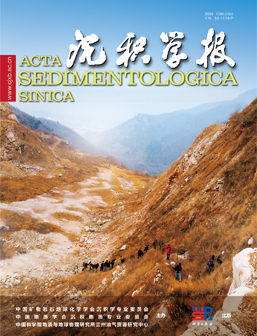Geochronology and Geological Significance of Middle Permian Tuffs in the Changdu Area, North Qiangtang Terrane
doi: 10.14027/j.issn.1000-0550.2025.033
- Received Date: 2025-04-21
- Available Online: 2025-10-29
-
Key words:
- Key words: North Qiangtang block /
- Permian /
- tuff /
- P3 glaciation
Abstract: Abstract: [Objective] The Wangka section in the Changdu area, North Qiangtang terrane, records a critical lithological transition from limestone to clastic rocks in the Lower-Middle Permian Jiaoga Formation. The timing of this transition may hold significant implications for understanding the driving mechanisms of the Permian P3 glaciation. [Methods] We conducted an integrated study of the Jiaoga Formation tuffs, including petrography, zircon U-Pb geochronology, zircon trace element analysis, and whole-rock major/trace element geochemistry, to constrain their emplacement age and provenance. [Results] Zircon U-Pb dating yielded a weighted mean age of 268.2 ± 1.9 Ma for the tuffs. Zircon trace elements exhibit light rare earth element (LREE) depletion and heavy REE (HREE) enrichment. Whole-rock geochemistry shows High Al?O?/TiO?, Zr/TiO?, and Th/Sc ratios. Primitive mantle-normalized patterns with Nb-Ta-Ti depletion and Th-U enrichment. [Conclusions] The age of the Jiaoga Formation tuffs overlaps with the onset of the Permian P3 glaciation within analytical uncertainty. Their geochemical signatures suggest derivation from a volcanic island arc spanning the North Qiangtang-Simao terranes. Intensive weathering of this arc system may have triggered or amplified the P3 glaciation.
| Citation: | Geochronology and Geological Significance of Middle Permian Tuffs in the Changdu Area, North Qiangtang Terrane[J]. Acta Sedimentologica Sinica. doi: 10.14027/j.issn.1000-0550.2025.033 |






 DownLoad:
DownLoad: